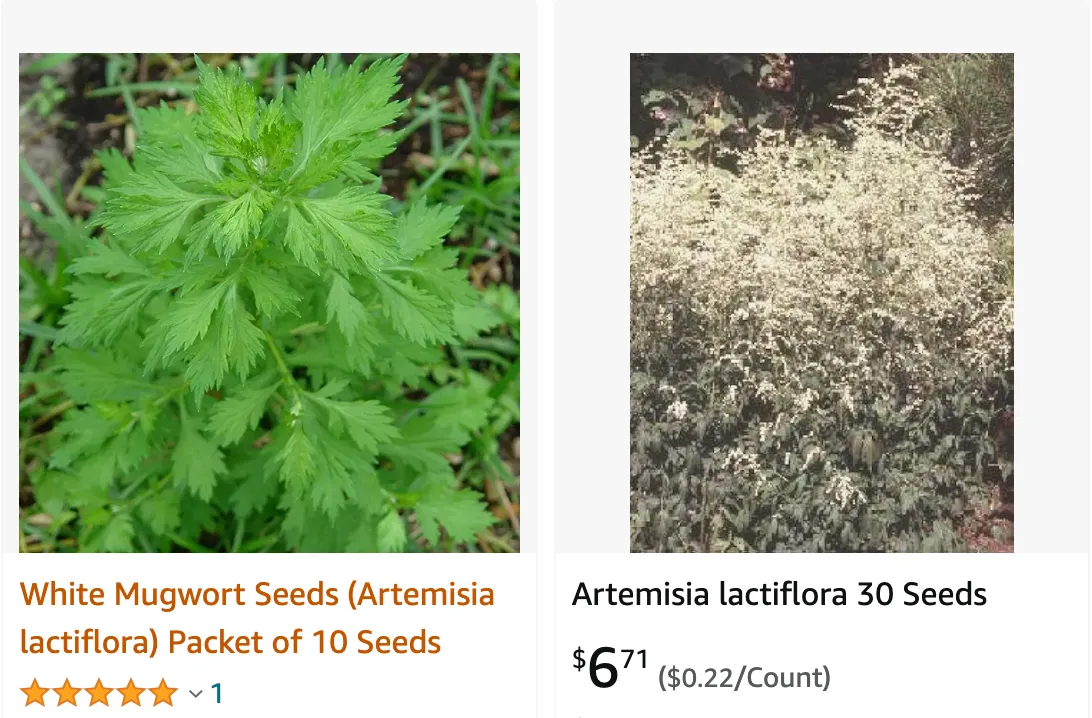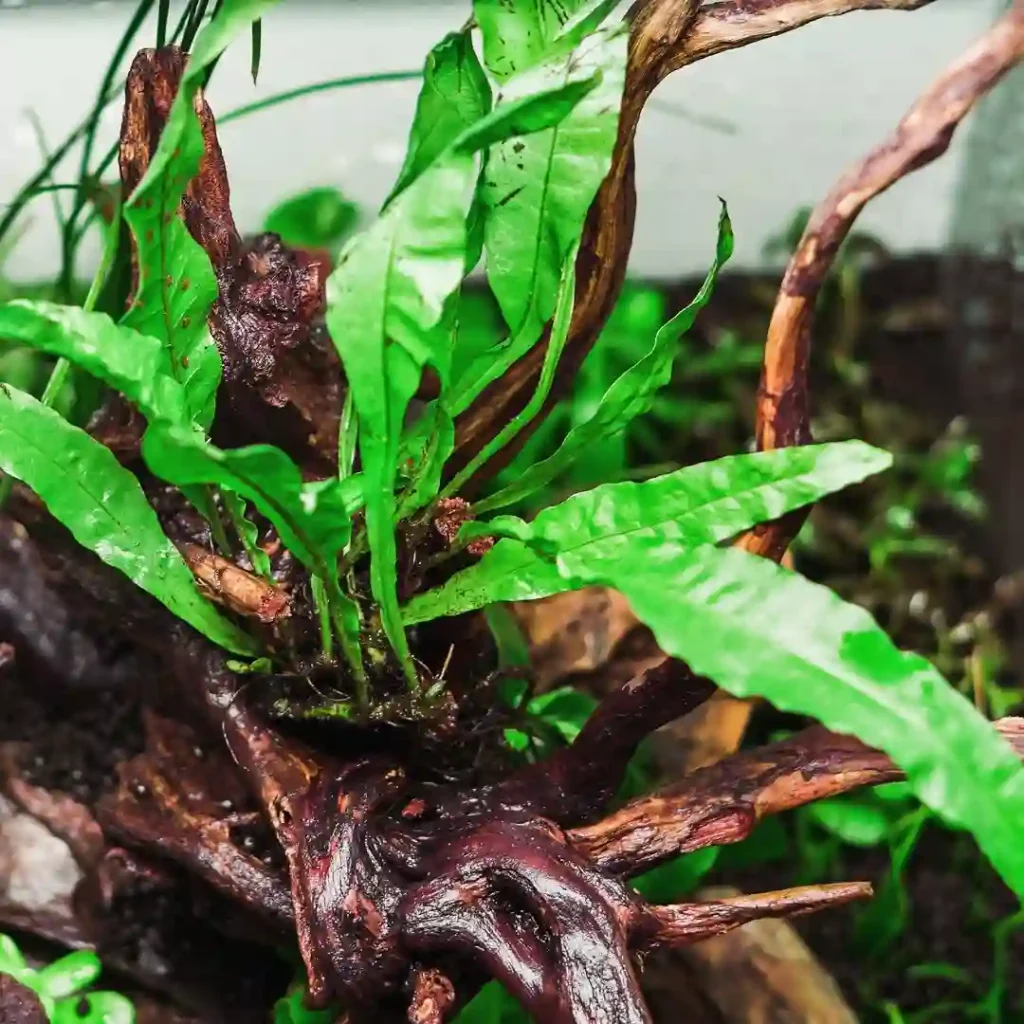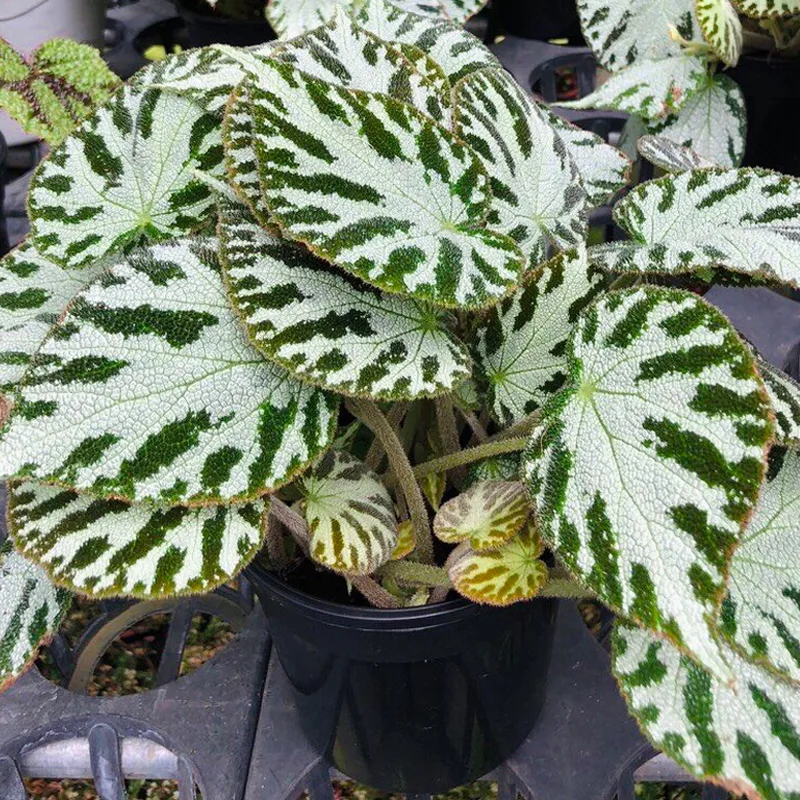
All About Artemisia Lactiflora: A Gardener’s Guide
Hi, I’m Ferb Vu, and Artemisia Lactiflora, also known as White Mugwort, has become a favorite in my garden. This late-summer bloomer boasts stunning features and surprising versatility. Whether you’re a seasoned gardener or just starting, Artemisia Lactiflora might be the perfect addition to your landscape. Here, I’ll answer some of the most common questions about this unique perennial.
508 Species in Genus Artemisia
What is Artemisia Lactiflora?
Artemisia Lactiflora is a statuesque perennial native to China. It’s known for its tall, upright stems adorned with lacy, green foliage and crowned with clusters of creamy-white flowers in late summer. This beauty is a member of the Asteraceae family, closely related to daisies and asters.
How Does Artemisia Lactiflora Differ from Other Artemisia Varieties?
There are over 400 species in the Artemisia genus, and while some share similar fern-like foliage, Artemisia Lactiflora stands out for its impressive height and showy flowers. Unlike its cousin, Wormwood (Artemisia absinthium), Artemisia Lactiflora isn’t toxic and won’t impart a bitter flavor to your compost pile.
What are the Benefits of Growing Artemisia Lactiflora?
There are many reasons to consider Artemisia Lactiflora for your garden:
- Low Maintenance: This easy-going perennial thrives with minimal care.
- Long Bloom Time: Enjoy a vibrant display of creamy-white flowers from late summer to early fall.
- Attracts Pollinators: Butterflies, bees, and other beneficial insects find the flowers irresistible.
- Provides Vertical Interest: The tall, stately stems add height and structure to borders.
- Deer Resistant: Deer tend to leave this beauty alone.
How Do I Plant and Care for Artemisia Lactiflora?
Planting Artemisia Lactiflora is a breeze:
- Timing: Plant in spring or fall, ensuring the soil temperature is cool.
- Location: Choose a sunny spot with well-drained soil. It tolerates some afternoon shade.
- Spacing: Allow 2-3 feet between plants for proper air circulation.
- Watering: Water regularly during the first growing season, then reduce watering as established.
- Feeding: Feed with a balanced fertilizer once a year in early spring for optimal growth.
Does Artemisia Lactiflora Need Deadheading?
Deadheading, or removing spent blooms, isn’t strictly necessary but encourages reblooming and maintains a tidy appearance. Simply snip off flower heads as they fade.
How Do I Overwinter Artemisia Lactiflora?
This hardy perennial thrives in USDA hardiness zones 4 to 8. In colder regions, after the first frost, cut stems back to about 12 inches and mulch around the base with a few inches of organic material for winter protection.
How Do I Propagate Artemisia Lactiflora?
There are two main ways to propagate Artemisia Lactiflora:
- Division: In spring or fall, carefully dig up established clumps and divide them into sections, each with healthy roots and shoots. Replant the divisions immediately.
- Seed Saving: Allow flower heads to dry on the plant, then collect seeds for sowing indoors in late winter or directly outdoors in early spring.
What are Some Companion Plants for Artemisia Lactiflora?
Artemisia Lactiflora pairs beautifully with a variety of plants:
- Low-growing perennials: Lavender, Nepeta (Catmint), and Rudbeckia (Black-Eyed Susan) add color and texture at the base.
- Mid-height perennials: Salvia, Echinacea (Coneflower), and Astilbe create a layered effect.
- Grasses: Ornamental grasses like Miscanthus (Maiden Grass) or Pennisetum (Fountain Grass) add movement and textural contrast.
Can Artemisia Lactiflora Be Grown in Containers?
Yes, Artemisia Lactiflora can be grown in containers, but choose a large pot with good drainage to accommodate its mature size. Water regularly, especially during hot weather, as container plants tend to dry out faster.
With its architectural form, stunning blooms, and low-maintenance nature, Artemisia Lactiflora is a valuable addition to any garden. I hope this guide has helped you learn more about this versatile perennial. Happy planting!
If i die, water my plants!



